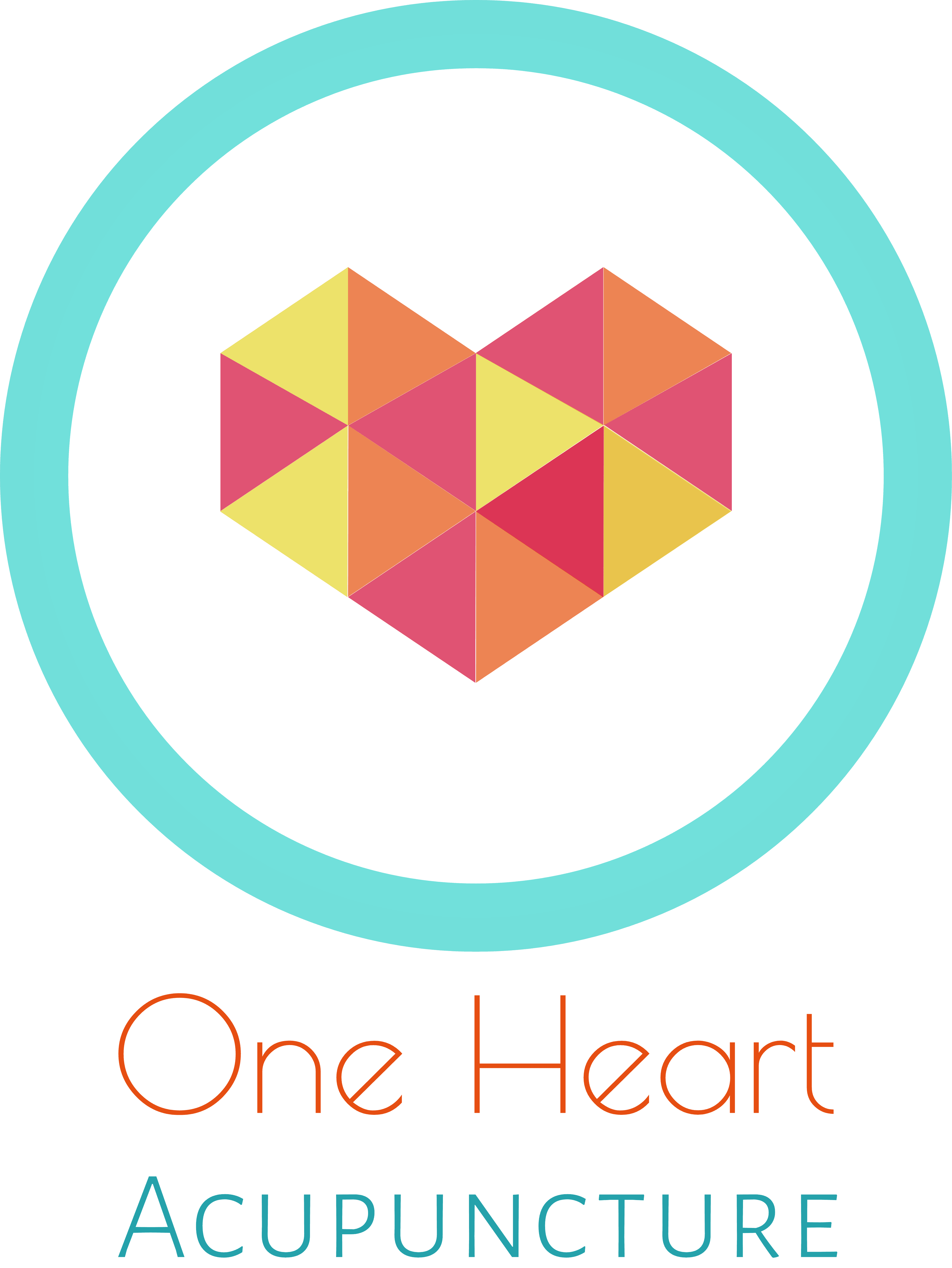Enneagram

Using the enneagram at work
Neurons that fire together wire together. That’s a favored refrain of therapists and mental health practitioners, among others, but also the scientific theory at the core of neuroplasticity—the understanding that the brain’s intricate web of neural networking is malleable.
We know that brain function can be altered by external forces like medication and physical trauma. Many of us also attempt to retrain our brains by changing thought and behavior patterns through outside help, meditation, and self-examination tools like the Enneagram. The idea that we’re able to direct the brain’s malleability, versus letting it naturally react to external forces, can be a game-changer for those of us seeking to better ourselves personally or professionally.
Figuring out whether you’re a 2 or a 9 on the Enneagram chart might simply be a fun exercise for the curious (or bored), but more and more people—including business leaders—are finding its insights to be a useful tool for analyzing behavior and rewiring themselves. “You can use the Enneagram for entertainment, for information, or for transformation,” says Deni Tato, a certified Enneagram teacher in Cincinnati and founder of Corporate Consciousness, which focuses on coaching in business settings. “I am about transformation.”
Utilizing self-help tools in the workplace isn’t a new concept. Companies will do team-building days and host Myers-Briggs typing sessions so their employees can better understand themselves and each other. Tato says the Enneagram’s emergence in the business world reaches beyond simply measuring behavior to revealing hidden motivation. “Other personality typology systems are oriented to your observable behavior,” she says. “The Enneagram isn’t focused on what you do, but more deeply on why you do it.”
https://www.cincinnatimagazine.com/article/using-the-enneagram-at-work/
Get in Touch
Send a Message
Contact me with any questions
